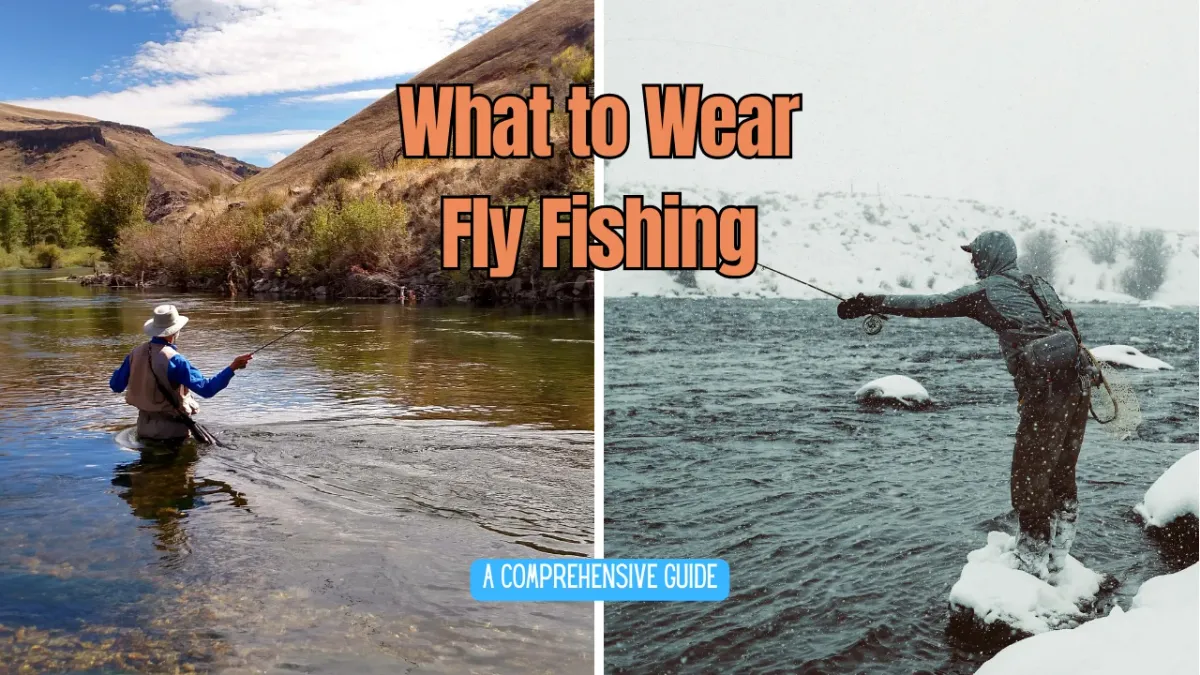Fly fishing is an art form that combines patience, skill, and a deep appreciation for nature. Unlike traditional fishing, fly fishing uses a lightweight fly rod and a specialized fly line to cast artificial flies that mimic the appearance and behavior of aquatic insects. This method is particularly effective for catching fish like trout, bass, and bonefish. Whether you're a beginner or an experienced angler, this guide will help you understand how to start fly fishing and improve your skills.
Key Takeaways:
- Understand the Basics: Learn about the essential gear and techniques needed to start fly fishing.
- Practice Makes Perfect: Regular practice of casting techniques is crucial for success.
- Local Knowledge: Visit local fly shops and waters to gain insights and tips from experienced anglers.
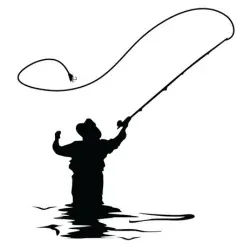
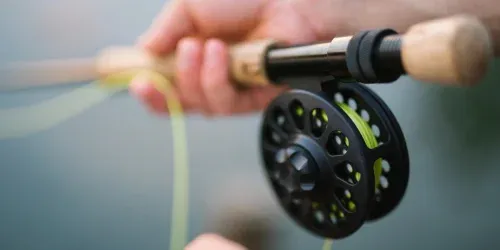
Essential Fly Fishing Gear
Fly Rods
Choosing the right fly rod is crucial for a successful fly fishing experience. Fly rods come in various lengths and weights, each designed for specific types of fishing. For beginners, a medium action rod with a rod weight of 5 is ideal. This type of rod is versatile and can handle a variety of fishing conditions, from small streams to larger rivers.
Fly Reels
Fly reels are not just for storing the fly line; they also help in fighting and landing fish. A small arbor reel is suitable for beginners as it is lightweight and easy to handle. Ensure that the reel matches the rod weight for a balanced setup.
Fly Lines
Fly lines are categorized into floating lines, sinking lines, and weight forward floating lines. A weight forward floating line is recommended for beginners as it is easier to cast and control. The right fly line makes a significant difference in your casting accuracy and distance.
Fly Fishing Setup
Assembling Your Gear
Start by attaching the fly reel to the fly rod. Next, spool the fly line onto the reel, followed by a leader and tippet. The leader is a tapered line that connects the fly line to the fly, while the tippet is a thin, clear line that attaches to the fly. This setup ensures a smooth transition from the fly line to the fly, making your cast more accurate.
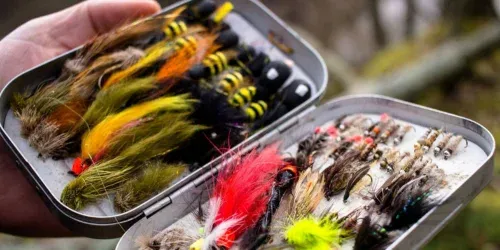
Choosing the Right Flies
Fly selection is critical for successful fly fishing. Wet flies, dry flies, and wooly buggers are popular choices. Wet flies are designed to sink and mimic aquatic insects below the water's surface, while dry flies float on the surface, imitating insects that fish feed on. Wooly buggers are versatile and can be used in various water conditions.
Practicing Casting
Importance of Practice
Practice is essential for mastering fly casting. Regular practice helps you develop muscle memory and improve your casting accuracy. Set aside time each week to practice in an open area or on the water.
Tips for Effective Practice
Focus on your casting technique, paying attention to the timing and motion of your back cast and forward cast. Use a target to practice your accuracy and distance. Experiment with different fly lines and rods to find the setup that works best for you.
Casting Techniques
Basic Casting
The basic cast involves a back cast and a forward cast. Start by pulling out some fly line and holding the rod tip high. Flick the rod backward, allowing the line to extend behind you, then flick it forward, aiming to land the fly gently on the water. Practice casting in an open area to get a feel for the motion.
Advanced Casting
Once you're comfortable with the basic cast, you can move on to more advanced techniques like the roll cast and the double haul. The roll cast is useful in tight spaces where a back cast is not possible, while the double haul increases line speed and casting distance.
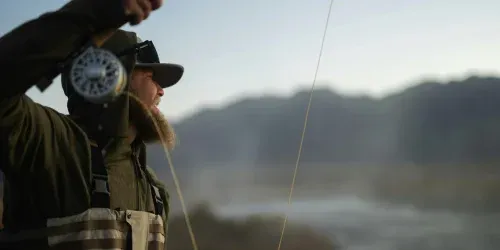
Fly Fishing Techniques
Nymphing
Nymphing involves using wet flies to imitate aquatic insects below the water's surface. This technique is effective for catching fish that feed on insects in the water column. Use a strike indicator to detect bites and adjust your depth to match the fish's feeding zone.
Dry Fly Fishing
Dry fly fishing uses floating flies to mimic insects on the water's surface. This technique requires a delicate presentation to avoid spooking fish. Watch for rising fish and cast your fly upstream, allowing it to drift naturally with the current.
Fly Fishing for Different Species
Trout Fishing
Trout are a popular target for fly fishermen. They are often found in cold, clear streams and rivers. Use small flies that match the local insect population and focus on areas with good cover and oxygen-rich water.
Saltwater Fly Fishing
Saltwater fly fishing targets species like striped bass and bonefish. This type of fishing requires heavier gear and specialized flies. Look for fish in shallow flats and drop-offs, and use a powerful cast to reach them.
Understanding Fish Behavior
Feeding Patterns
Fish behavior varies depending on the time of day, water temperature, and food availability. Trout, for example, are more active during early morning and late evening when aquatic insects are most abundant. Observing fish behavior and feeding patterns will help you choose the right flies and improve your chances of catching fish.
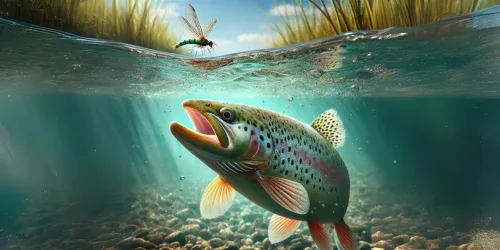
Water Depth and Temperature
Fish are often found in specific water depths and temperatures. Cold water fish like trout prefer cooler, oxygen-rich waters, while warm water fish like bass are more active in warmer conditions. Understanding these preferences will help you locate fish more effectively.
Fly Fishing Etiquette
Respecting Other Anglers
Fly fishing requires a high level of respect for other anglers. Give others plenty of space and avoid casting into their fishing area. Communicate politely and share information to enhance everyone's experience.
Protecting the Environment
Fly fishing is a sport that relies on a healthy environment. Practice catch and release, use fish-friendly nets, and avoid damaging aquatic habitats. Follow local regulations and guidelines to ensure the sustainability of fish populations.
Fly Fishing Safety
Personal Safety
Safety is paramount in fly fishing. Wear polarized sunglasses for eye protection and a hat to shield yourself from the sun. Use sunscreen and insect repellent to protect your skin. Always let someone know your fishing plans and carry a first aid kit.
Water Safety
Be cautious when wading in rivers and streams. Use a wading staff for stability and wear a life jacket if fishing from a boat. Be aware of changing water conditions and avoid fishing in fast-moving or deep water.
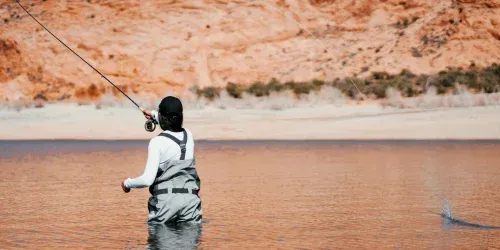
Local Fly Shops and Waters
Visiting Local Fly Shops
Local fly shops are treasure troves of information and gear. The staff can provide valuable insights into local waters, fly selection, and fishing techniques. They can also help you find the right gear for your needs, from fly rods to polarized sunglasses for eye protection.
Exploring Local Waters
Fishing in local waters allows you to practice your skills and gain experience. Start with smaller streams and gradually move to larger rivers and lakes. Pay attention to water conditions, fish behavior, and local regulations to ensure a successful and enjoyable experience.
Fly Fishing Resources
Books and Magazines
There are numerous books and magazines dedicated to fly fishing. These resources provide valuable information on techniques, gear, and fishing locations. Some popular titles include "The Orvis Fly-Fishing Guide" and "Fly Fisherman" magazine.
Online Communities
Online forums and social media groups are great places to connect with other fly fishermen. These communities offer advice, share experiences, and provide support for beginners. Websites like Fly Fisherman and The Fly Fishing Forum are excellent starting points.
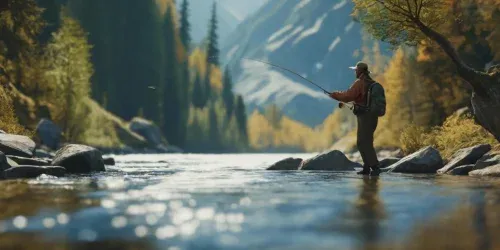
Summary
Fly fishing is a rewarding and challenging sport that offers endless opportunities for learning and growth. By understanding the basics, practicing your casting, and exploring local waters, you can develop the skills needed to become a successful fly fisherman. Remember to respect other anglers and the environment, and always prioritize safety. With dedication and patience, you'll soon be catching fish and enjoying the beauty of nature.
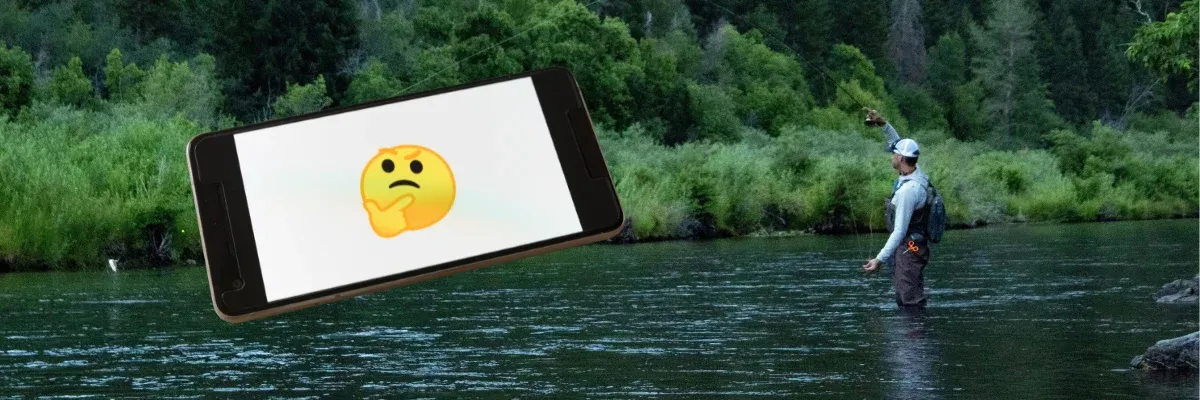
FAQs
What is the best fly rod for beginners?
A medium action rod with a rod weight of 5 or 6 is ideal for beginners. This type of rod is versatile and can handle a variety of fishing conditions.
How do I choose the right fly line?
A weight forward floating line is recommended for beginners as it is easier to cast and control. The right fly line makes a significant difference in your casting accuracy and distance.
What are some essential fly fishing techniques?
Basic casting, nymphing, and dry fly fishing are essential techniques for fly fishing. Practice these techniques regularly to improve your skills and increase your chances of catching fish.
Related articles:
